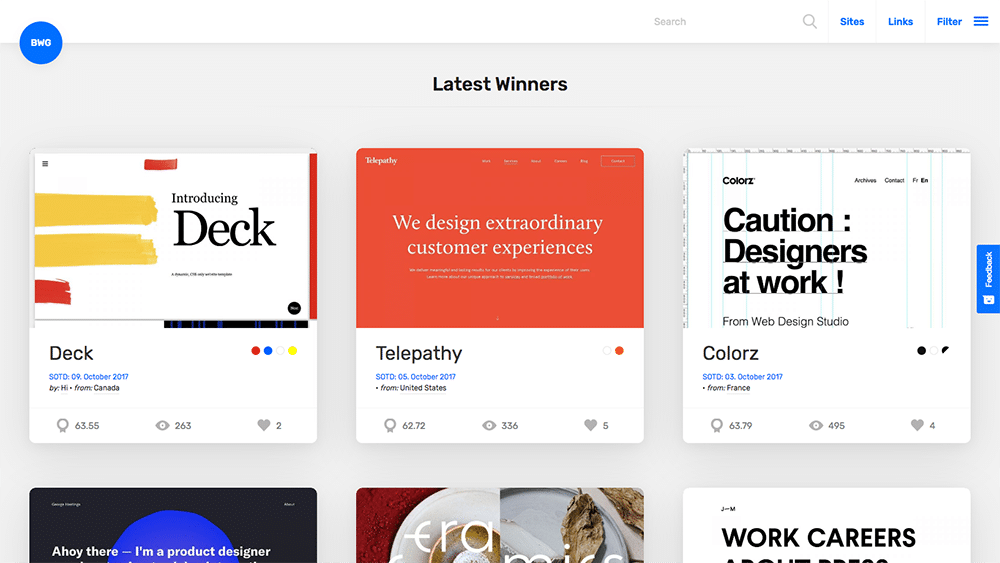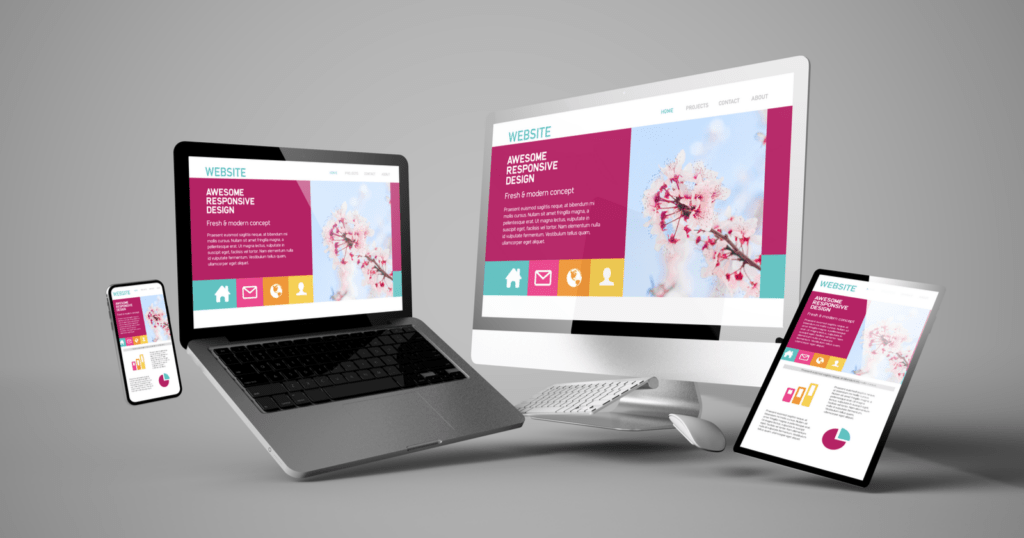Top Trends in Web Site Design: What You Required to Know
Minimalism, dark mode, and mobile-first strategies are amongst the key themes shaping modern design, each offering unique advantages in user engagement and capability. Additionally, the focus on accessibility and inclusivity emphasizes the importance of developing digital settings that cater to all individuals.
Minimalist Layout Looks
Over the last few years, minimalist layout visual appeals have actually emerged as a dominant trend in website layout, highlighting simpleness and functionality. This method focuses on vital material and gets rid of unneeded elements, consequently boosting user experience. By concentrating on clean lines, adequate white room, and a limited color combination, minimal styles assist in simpler navigation and quicker tons times, which are crucial in maintaining users' interest.
Typography plays a substantial function in minimal style, as the choice of typeface can evoke specific feelings and assist the customer's journey through the material. The critical usage of visuals, such as high-quality photos or subtle computer animations, can boost customer interaction without overwhelming the general visual.
As digital rooms remain to advance, the minimalist layout principle stays relevant, accommodating a varied target market. Organizations adopting this trend are often regarded as contemporary and user-centric, which can significantly affect brand perception in an increasingly open market. Inevitably, minimal layout visual appeals supply an effective solution for effective and attractive website experiences.
Dark Setting Appeal
Welcoming an expanding trend amongst individuals, dark mode has actually gotten significant popularity in website design and application user interfaces. This layout strategy features a mainly dark shade scheme, which not only improves aesthetic allure but additionally minimizes eye pressure, specifically in low-light environments. Customers progressively value the convenience that dark setting provides, leading to longer engagement times and an even more delightful surfing experience.
The fostering of dark mode is likewise driven by its regarded benefits for battery life on OLED displays, where dark pixels take in much less power. This functional advantage, integrated with the fashionable, contemporary look that dark themes give, has led many developers to integrate dark setting choices right into their projects.
Moreover, dark mode can create a feeling of depth and focus, accentuating crucial elements of a site or application. web design company singapore. Therefore, brands leveraging dark setting can improve individual interaction and produce an unique identification in a congested industry. With the trend continuing to climb, integrating dark setting right into website design is coming to be not simply a choice yet a conventional assumption among users, making it necessary for programmers and designers alike to consider this aspect in their projects
Interactive and Immersive Components
Often, developers are incorporating interactive and immersive components right into web sites to improve user interaction and create remarkable experiences. This fad reacts to the increasing assumption from individuals for more dynamic and tailored communications. By leveraging functions such as animations, video clips, and 3D graphics, web sites can attract customers in, promoting a much deeper connection with the web content.
Interactive aspects, such as quizzes, surveys, and gamified experiences, urge visitors to proactively take part instead of passively take in information. This Extra resources interaction not only maintains individuals on the site longer however likewise boosts the likelihood of conversions. Additionally, immersive technologies like virtual reality (VIRTUAL REALITY) and enhanced fact (AR) supply special chances for organizations to display product or services in a more engaging way.
The consolidation of micro-interactions-- small, subtle computer animations that respond to customer actions-- additionally plays an essential duty in improving functionality. These interactions provide comments, enhance navigating, and produce a feeling of complete satisfaction upon completion of jobs. As the digital landscape proceeds to develop, using interactive and immersive components will stay a significant emphasis for developers aiming to create interesting and effective online experiences.
Mobile-First Approach
As the prevalence of smart phones proceeds to rise, taking on a mobile-first strategy has actually ended up being essential for internet designers aiming to Look At This maximize individual experience. This approach emphasizes developing for mobile gadgets prior to scaling up to larger screens, guaranteeing that the core functionality and content are accessible on one of the most frequently utilized system.
Among the primary benefits of a mobile-first method is boosted performance. By concentrating on mobile layout, internet sites are streamlined, decreasing lots times and improving navigation. This is especially essential as individuals expect fast and receptive experiences on their smart devices and tablet computers.

Availability and Inclusivity
In today's electronic landscape, guaranteeing that sites come and comprehensive is not simply an ideal method however a fundamental requirement for reaching a varied audience. As the internet remains to act as a primary ways of interaction and business, it is crucial to identify the varied needs of individuals, including those with disabilities.
To accomplish true accessibility, internet developers have to follow established guidelines, such as the Internet Material Availability Guidelines (WCAG) These guidelines highlight the value of offering message alternatives for non-text material, guaranteeing keyboard navigability, and preserving a logical web content structure. Comprehensive design methods expand beyond compliance; they entail producing a user experience that suits numerous capacities and choices.
Incorporating functions such as adjustable text sizes, color contrast choices, and display visitor compatibility not just improves functionality for people with disabilities yet additionally enriches the experience for all individuals. Eventually, prioritizing accessibility and inclusivity fosters an extra equitable electronic environment, encouraging more comprehensive involvement and interaction. As companies increasingly acknowledge the ethical and financial imperatives of inclusivity, incorporating these principles right into website layout will become a crucial facet of successful online approaches.
Conclusion
